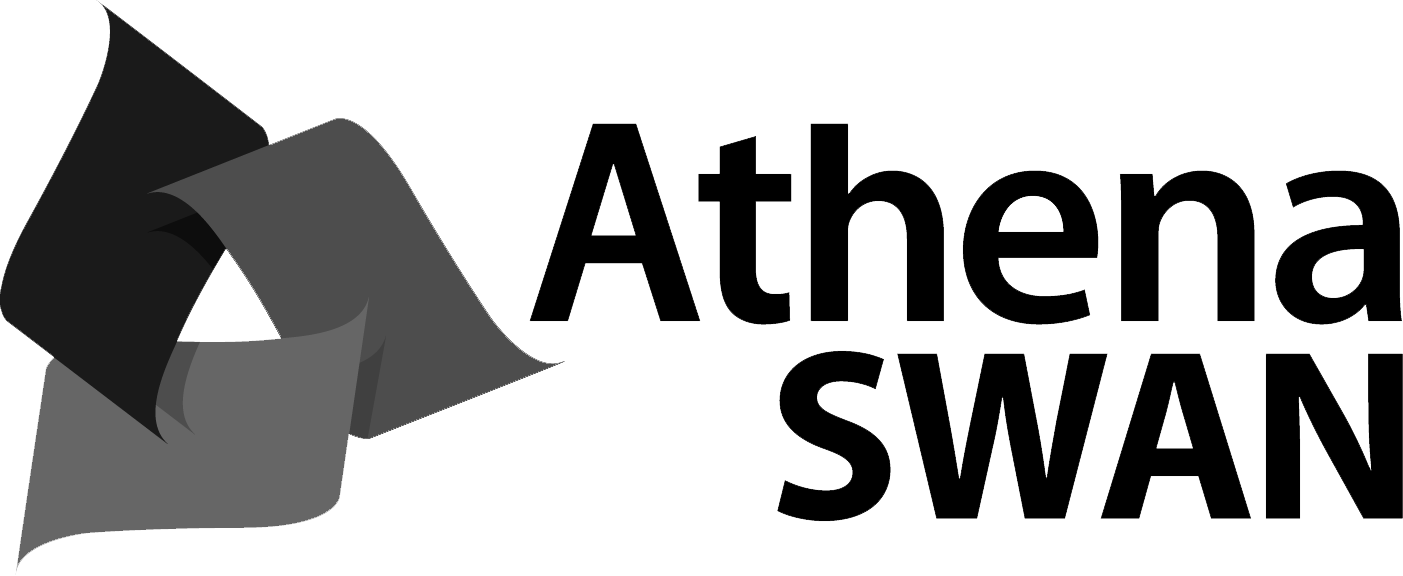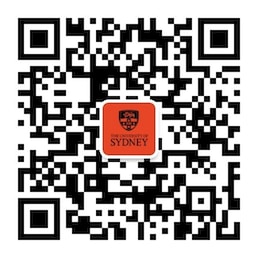This unit of study extends students' knowledge of direct and computed digital radiography systems. Imaging principles of fluoroscopy, computed tomography, mammography, and magnetic resonance imaging will be investigated with particular reference to equipment, safety, dosimetry and artefacts. Students will be expected to demonstrate an understanding of image processing techniques commonly applied in sectional imaging modalities. Projection radiography will be evaluated from a historical perspective, including changes in exposure factors resulting from newer technologies.
Unit details and rules
| Academic unit | Clinical Imaging |
|---|---|
| Credit points | 6 |
| Prerequisites
?
|
None |
| Corequisites
?
|
None |
|
Prohibitions
?
|
None |
| Assumed knowledge
?
|
MRTY1037 and MRTY2103 |
| Available to study abroad and exchange students | No |
Teaching staff
| Coordinator | Roger Fulton, roger.fulton@sydney.edu.au |
|---|---|
| Lecturer(s) | Roger Bourne, roger.bourne@sydney.edu.au |
| Roger Fulton, roger.fulton@sydney.edu.au | |
| Moe Suleiman, moe.suleiman@sydney.edu.au | |
| Nicola Giannotti, nicola.giannotti@sydney.edu.au | |
| Peter O'Reilly, peter.oreilly@sydney.edu.au | |
| Don Nocum, don.nocum@sydney.edu.au |





